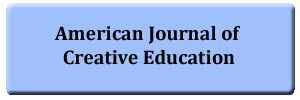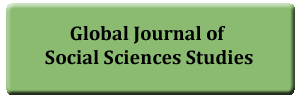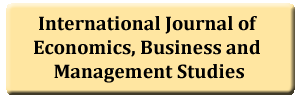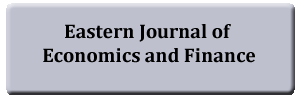School Level and Urbanicity Differences in Written Plans for Pandemic Flu/Disease Scenarios: A National Analysis
DOI:
https://doi.org/10.55284/ajssh.v7i2.801Keywords:
Elementary, High school, Middle school, Pandemic, School safety, Urbanicity, Virus, COVID-19, Written plan.Abstract
The purpose of this study was to determine the extent to which school level (i.e., elementary, middle, and high schools) and urbanicity (i.e., rural, town, suburb, city) were related to written school safety plans in the area of pandemic flu/disease threat scenarios. Through the use of a causal-comparative research design, archival data from a national survey in the United States for the 2007-2008, 2009-2010, 2015-2016, and 2017-2018 school years were analyzed. Inferential statistical analyses of nationwide survey data revealed the presence of statistically significant differences in the incidence of written plans for pandemic flu/disease threat scenarios by school level and by urbanicity. All school levels represented in the study did not have a written plan for how to address pandemic flu/disease threat scenarios 60% or more of the time. About 60% of schools within the urbanicity groupings did not have a written plan. Implications and recommendations for future research were discussed. Given the recent COVID-19 pandemic, these numbers are expected to show dramatic improvements in the years to come. Policymakers should develop policies mandating written school safety plans and the necessary funding for them to be generated. Future researchers, however, should continue to address this area.




